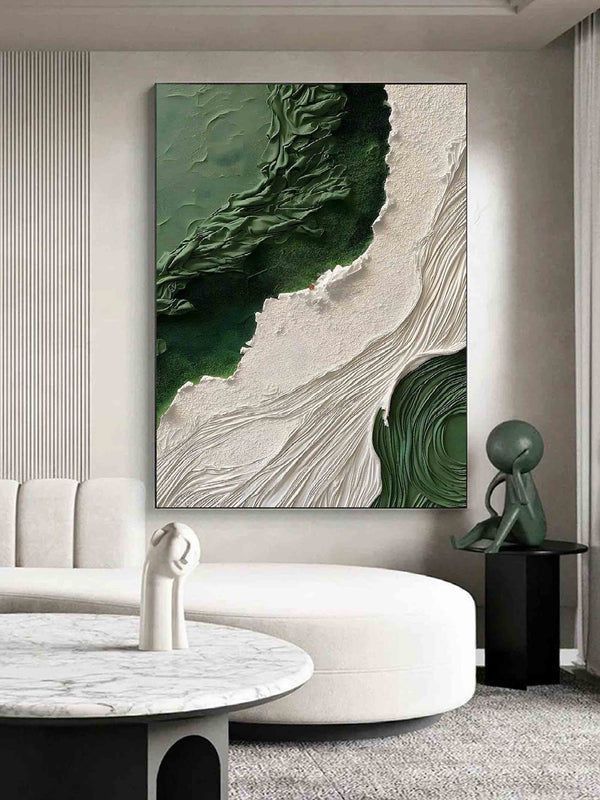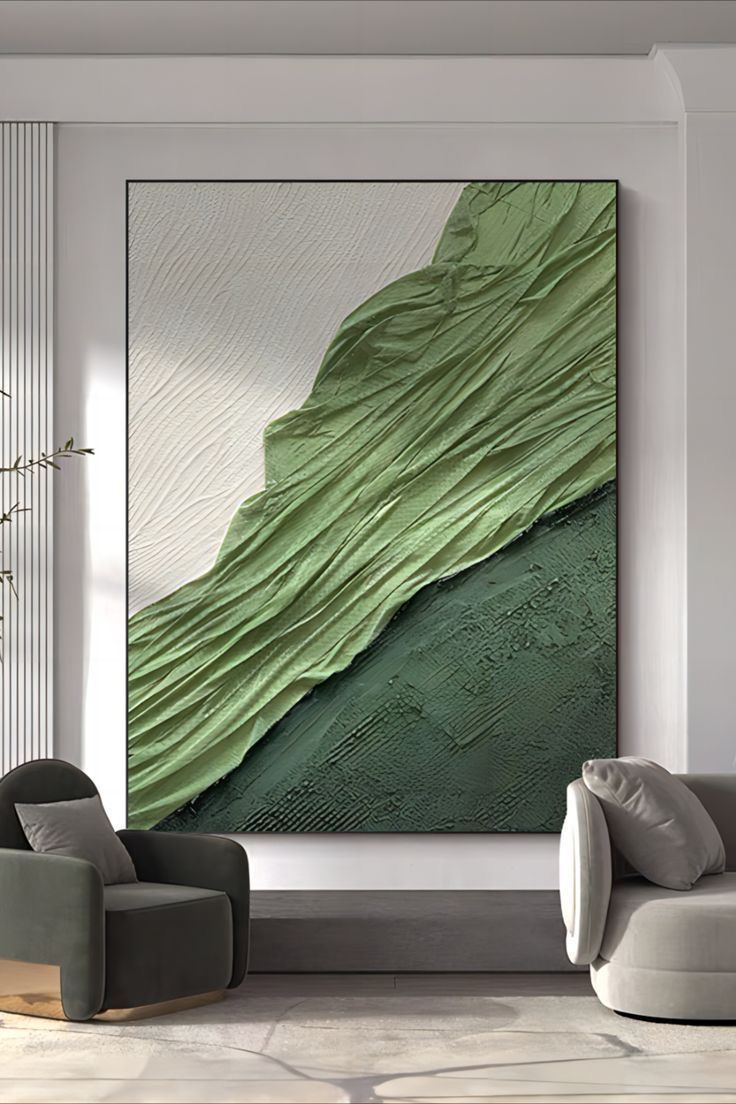
How to Get Started with Canvas Painting: A Beginner’s Guide
Canvas painting is a rewarding and expressive art form that allows individuals to bring their imagination to life. Whether you are a complete beginner or
Canvas painting is a rewarding and expressive art form that allows individuals to bring their imagination to life. Whether you are a complete beginner or someone looking to refine your skills, understanding the basics of canvas painting is essential. This guide will walk you through everything you need to know, from choosing the right materials to mastering basic techniques, ensuring a fulfilling artistic journey.
Selecting the right canvas is a crucial first step in painting. Canvases come in different sizes, materials, and textures, each influencing the final outcome of your artwork. The most common types include cotton and linen canvases, each with distinct characteristics.
Cotton canvases are affordable, versatile, and great for beginners, providing a smooth surface that works well with acrylic and oil paints. Linen canvases, on the other hand, offer a higher-quality surface with greater durability but tend to be more expensive. Pre-stretched and primed canvases with gesso provide an optimal surface for painting, enhancing paint adhesion and longevity.
Before starting, gathering the right tools is necessary. Essential supplies include:
A well-organized workspace enhances creativity and efficiency. Choose a well-lit, ventilated area with enough space for your materials. Cover surfaces with protective sheets to prevent stains, and arrange tools in an easily accessible manner. Having a dedicated area for drying paintings prevents smudging and damage.
Color theory plays a significant role in painting. Learning the color wheel helps in mixing hues effectively and creating harmonious compositions. Primary colors (red, blue, yellow) mix to form secondary colors (green, orange, purple). Understanding complementary colors enhances contrast, while analogous colors create a cohesive look.
Experimenting with tints, shades, and tones by adding white, black, or gray to a base color allows for depth and dimension in paintings. Developing an eye for color relationships improves artistic expression.
Mastering fundamental techniques lays a strong foundation for painting. Some essential techniques include:
Practicing these techniques enhances control and expands creative possibilities.
Outlining the composition before painting helps maintain proportion and structure. Light pencil sketches or diluted paint lines serve as guides. Some artists prefer using grids to transfer detailed images accurately onto the canvas.
Incorporating depth makes paintings more lifelike. Techniques such as atmospheric perspective, where distant objects appear lighter and less detailed, add realism. Overlapping elements and adjusting the size and placement of objects contribute to a sense of space and dimension.
Exploring various painting styles helps artists discover their preferences. Some popular styles include:
Trying different styles allows for creative growth and self-expression.
Once the painting is complete, adding finishing touches enhances the final look. A varnish protects the surface from dust and UV damage, preserving the artwork for years. Choosing between matte, satin, or glossy varnish depends on the desired finish.
Canvas painting is a fulfilling creative outlet that anyone can enjoy with practice and patience. Understanding materials, techniques, and color theory empowers artists to create stunning artworks. By experimenting and developing a unique style, beginners can embark on an exciting artistic journey.

Canvas painting is a rewarding and expressive art form that allows individuals to bring their imagination to life. Whether you are a complete beginner or

Canvas painting offers a diverse range of techniques that allow artists to express their creativity in unique ways. Understanding different painting methods enhances artistic skills